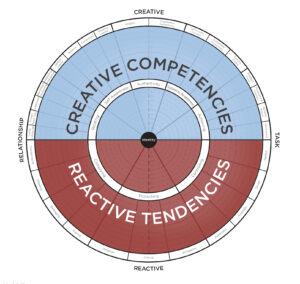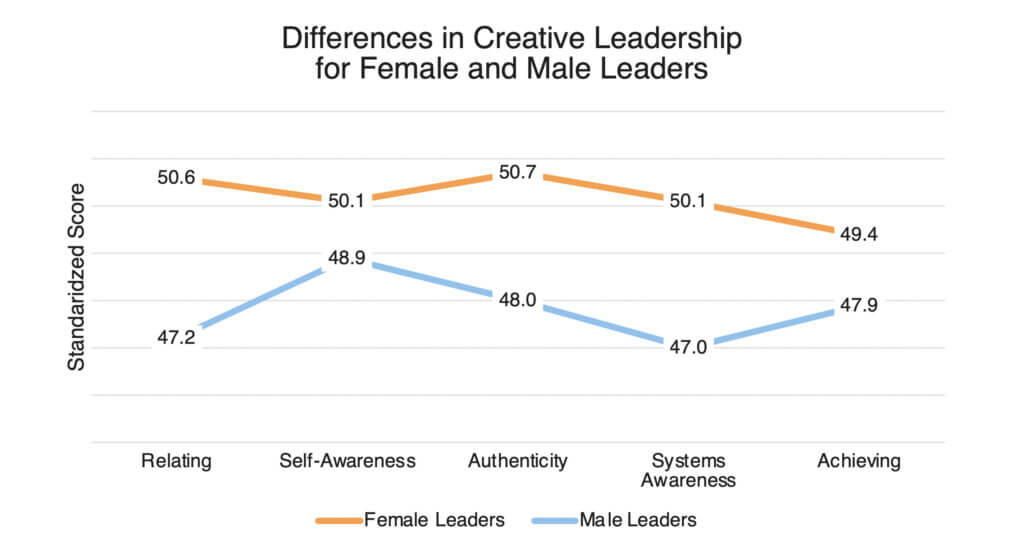Who runs the world? Girls. And corporate America is finally catching up. In 2023, for the first time in history, 10% of Fortune 500 companies will have a woman at the helm. As we approach International Women’s Day on March 8, we take a look at ways female-identifying leaders show up differently than their male-identifying counterparts—and what that means for organizations looking for a distinct advantage.
Are women and men really that different when it comes to their leadership?
In March 2022, Leadership Circle released the white paper “Understanding the Differences in Reactive and Creative Orientations Between Female and Male Leaders,” which explores research gathered through our administration of the Leadership Circle Profile (LCP) to thousands of leaders around the world. The research reveals that there are meaningful differences in the ways female and male leaders show up in the workplace. Further, these differences favor female leaders, who have developed a more Creative, as opposed to Reactive, leadership orientation.
What are Creative Competencies and Reactive Tendencies?

Creative Competencies contribute to leadership effectiveness. They measure key leadership behaviors and internal assumptions that lead to high fulfillment, high achievement, and greater capacity for complexity. A Creative leadership orientation is one in which the leader’s self-worth is configured from within rather that from external sources. This engenders the ability to lead more fully from purpose, which produces a greater level of sustainable leadership performance.
Reactive Tendencies, often developed during formative years, are based on early assumptions and underlying beliefs about how to maintain relevance and security. These tendencies develop because of a reliance on external circumstances and others’ validation of a leader’s self-worth. They correlate with self-limiting leadership behaviors and reflect inner beliefs and assumptions that restrict and interfere with leadership effectiveness.
The extent to which a leader inhabits and embodies each dimension does not inherently make them a good or bad leader; rather, that measure of each dimension offers insight into how a leader may respond in a particular situation or to a given set of circumstances. It also suggests areas where a leader may seek development and growth.
How do female and male leaders differ?
When we compared the performance of female and male leaders on each Creative dimension of the LCP (inner circle in the profile), we found that the typical female leader has developed more skills than the typical male leader in every dimension.
- Relating: A leader’s capability to relate to others in a way that brings out the best in people, groups, and organizations
- Self-Awareness: A leader’s orientation to ongoing professional and personal development, and the degree to which self-awareness can bring balance
- Authenticity: A leader’s capability to relate to others in an authentic, courageous, and high-integrity manner
- Systems Awareness: The degree to which a leader’s awareness is focused on whole-system improvement and on community welfare
- Achieving: The extent to which a leader provides visionary purpose, creates strategic focus, and sets high performance standards

Does this mean that women are inherently better leaders than men? Not necessarily. But our research has shown that there are clear advantages to having women as active members of leadership teams at all levels.





